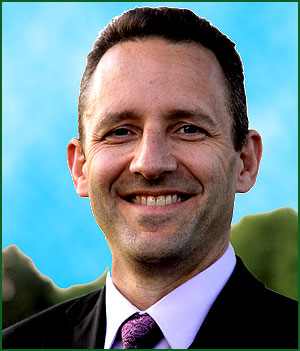Dr. Weinstock, who is board-certified in internal medicine, has seen numerous advances in healthcare technology since he completed medical school at the Philadelphia College of Osteopathic Medicine. Not only does he use Grove’s patient portal to help patients track their health, but he’s also found success in using wearable technology to help patients.
Dr. Weinstock took time to talk to Becker’s Hospital Review about wearable devices, recent advances in healthcare technology and the future of health IT.
Note: Responses have been lightly edited for length and clarity.
Q: What do you see as the biggest successes in health IT in 2016?
Dr. David Weinstock: We’ve seen the beginnings of some of the integration of wearable devices. From a health IT perspective, some of the advancing apps out for phones have been a success. There’s a lot more awareness of the capabilities of some apps and health devices available to the general public. From a bigger perspective, we’ve started to hear talk about the integration of data and the advancement from hospitals to practices to patients.
Q: What are a few trends you see emerging in health IT and policy in 2017?
DW: Policy has taken on a whole new level of importance recently. The meaningful use program we were part of had great intentions, but the interfaces and getting all the technology to communicate has always been problematic. I do think policies have to be inclusive of that, and the Medicare Access and CHIP Reauthorization Act is a step toward that.
From a PCP perspective, we’ve been pushing our patient portal for the past eight years, and now I use the app as a tool to engage patients. It’s important to have patients be involved in their own care. The apps and wearables are a way for me to keep tabs on patients. I can see their information in their chart and give them feedback. This type of technology will continue to grow, and I hope the gap between patient and physician gets smaller.
Q: The growth of wearable technology is undeniable. How and why can wearables track the overall health of patients with chronic conditions?
DW: When I first started in primary care, I thought, “I’ll get all my patients to lose weight and quit smoking.” I’ve now renewed my hope in that thought. In the past, physicians relied on patients to improve their health, but now you can use technology to help them.
A lot can be gained from actively seeing patients, but having the IT piece is what the future is. In some ways it’s more work for me, but it’s part of what I love to do — help patients stay healthy.
Q: How would you respond to studies showing wearables can be ineffective?
DW: I’ve always told patients that just getting a Fitbit or an Apple Watch doesn’t make you healthier, and the studies say the same. Wearables do have some flaws — for example, with a Fitbit, you can swing your hands more and get more steps. On top of that, some people might use their wearable for a while and after so many months, they stop wearing it.
As a standalone measure, wearables are probably not going to have the effect we want. But having a physician engage patients and get them interested in their own numbers is going to make a difference.
